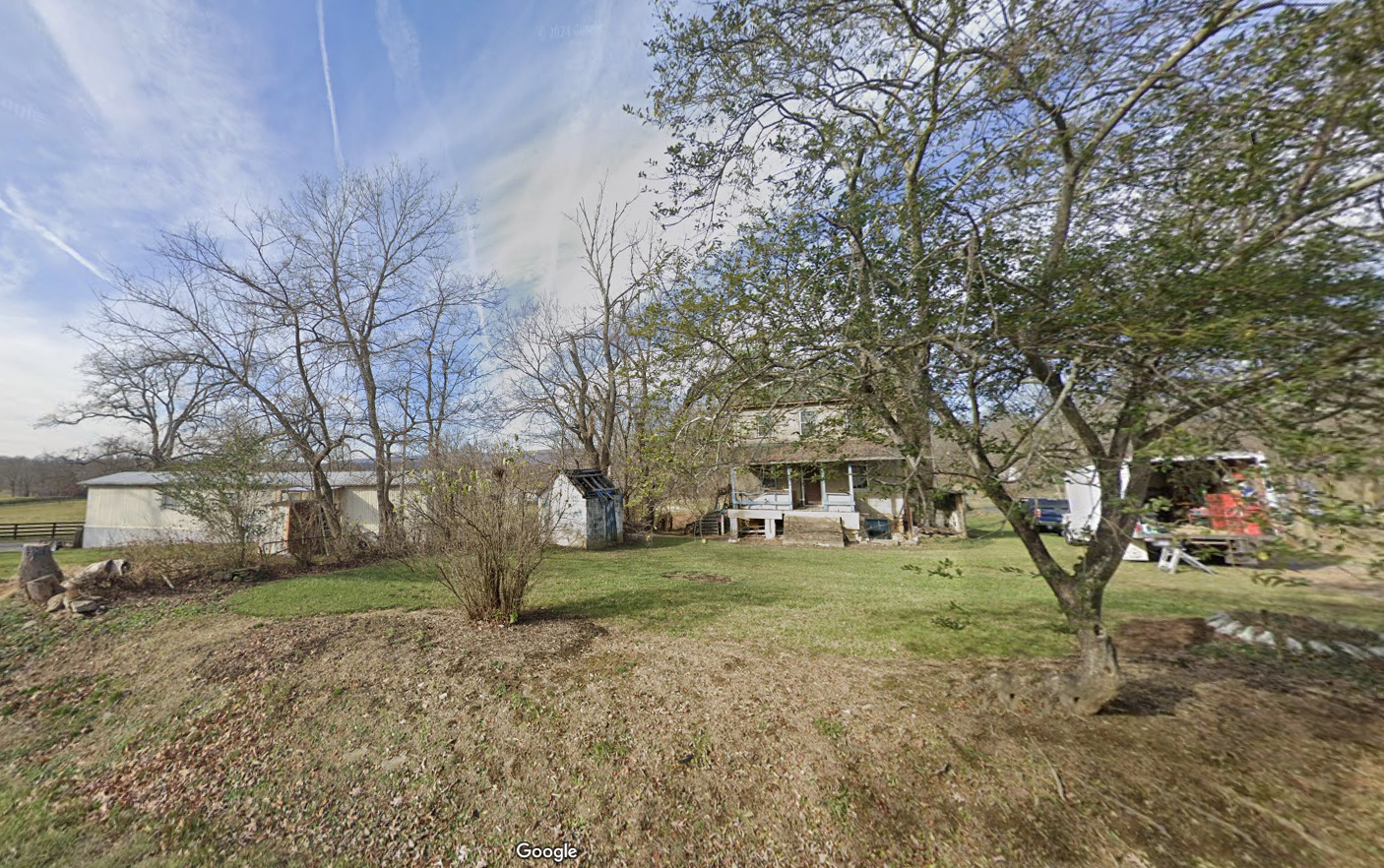Howardsville, a small village with a rich history, stands as a testament to the resilience and determination of newly freed slaves after the Civil War. Established by individuals seeking to forge a new life for themselves, this community included farmhands, masons, and several other professions, and has roots deeply embedded in the struggle for freedom and self-determination.
The community takes its name from Jacob and Sophia Howard who, in 1874, co-owned a four-acre lot that originally had been a part of the Grayson family’s Newstead farm southwest of Bloomfield in Loudoun County. Jacob, along with Andrew Cosberry, were the community’s first black landowners. Originally only about 37 acres, Howardsville’s first families, the Howards, the Basils, and the Summers, played a pivotal role in its establishment.
The early residents of Howardsville were farmers and domestic servants though Jacob Howard, a skilled stone mason and farmhand, aspired to rise above his circumstances. While still enslaved, he learned the craft of masonry and not only practiced this skill but also passed it on to his children and subsequent generations. According to oral tradition, the stonemasons of Howardsville were responsible for constructing the dry-laid stone walls that line the fields throughout western Loudoun County.
Amanda Basil, a mother of eight and figure of remarkable strength and compassion, became a renowned midwife in the community. For more than 50 years, she played a pivotal role in delivering countless black and white children throughout surrounding communities. Other residents contributed to the economic landscape of Howardsville including Walker Summers, who crafted brooms and baskets using materials grown on his farm and several others who were horse trainers or grooms. The diverse skillsets within the community reflected the resourcefulness and self-sufficiency of its residents.
Though the community was tight-knit and resembled a large extended family bound together by blood and marriage, Howardsville never built its own school or church. Children attended school two miles away in Rock Hill until its closure in 1919, where they had to then walk three miles to Willisville. Churchgoers attended Willisville Methodist, Austin Grove Methodist, or St. Louis Baptist.
Today, the echoes of historic Howardsville continue to resonate, as eight out of the 14 lots in the community are still owned by residents who can directly trace their lineage back to those individuals who seized the opportunity to build a new life on this land. As recently as 2023, a descendant of Jacob Howard, Thomas Reid, was able to reclaim his family’s homestead.
The continuity of these families in Howardsville is a rarity in local history and this historical connection makes Howardsville eligible for recognition by the National Register of Historic Places. The significance is not just in the physical landscape but in the living heritage within the community.
Photo and history credit: Grigsby, Kevin. Howardsville: The Journey of an African-American Community in Loudoun County, Virginia, 2008., Friends of the Thomas Balch Library, Douglas Graham, Loudoun County African-American Historic Architectural Resources Survey, History Matters, LLC., loudounhistory.org, Oatlands, Loudoun Now, Stories from the Roads, Danielle Nadler, Loudoun Times-Mirror, Nathaniel Cline
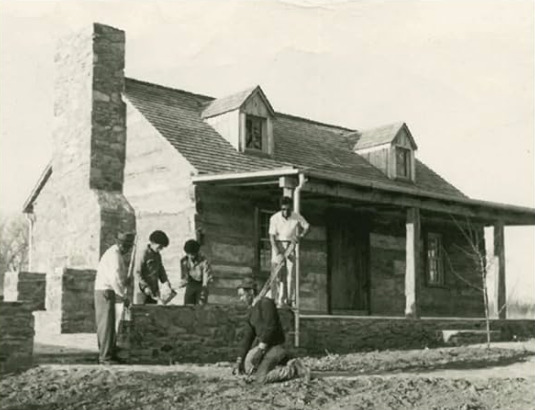 Cover of: “Howardsville: The Journey of an African-American Community in Loudoun County, Virginia” by Kevin Dulany Grigsby
Cover of: “Howardsville: The Journey of an African-American Community in Loudoun County, Virginia” by Kevin Dulany Grigsby
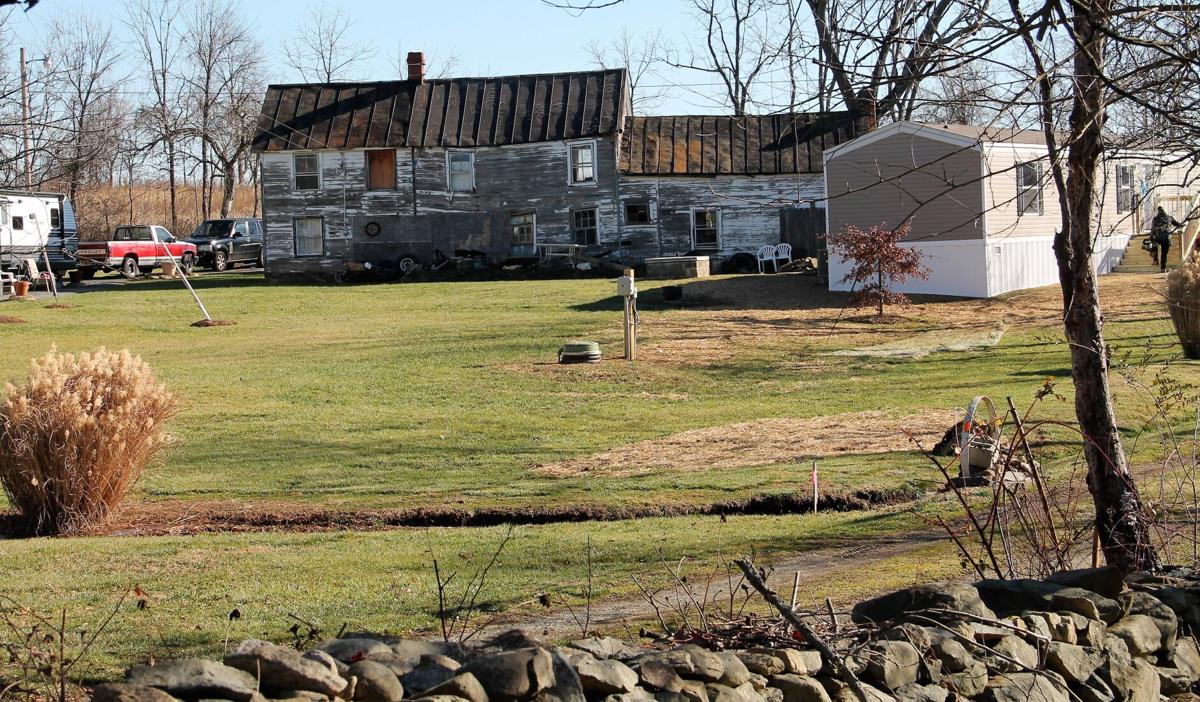 A rear view of Thomas Reid’s former home which was built by his grandfather in the late 1800s, including the new home on the right
A rear view of Thomas Reid’s former home which was built by his grandfather in the late 1800s, including the new home on the right
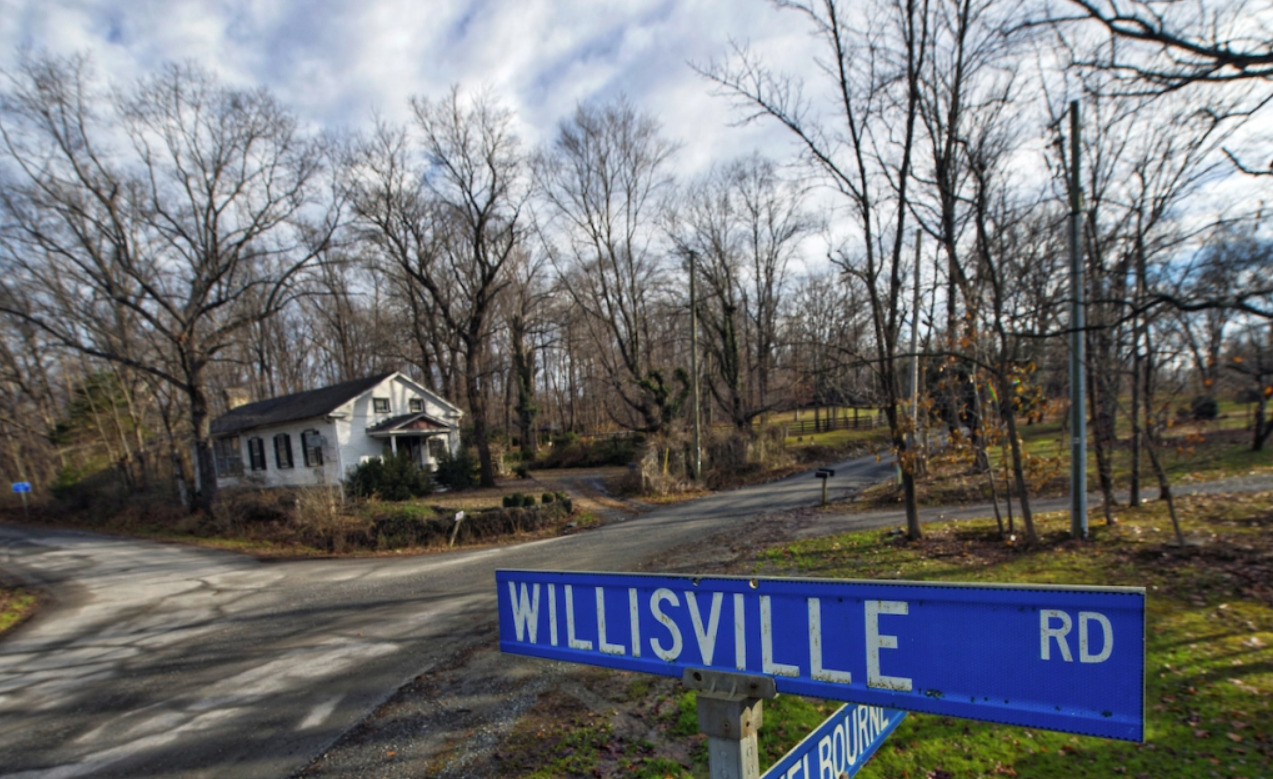 Willisville School, seen in the background, served to educate Black students from Howardsville, Willisville, Rock Hill and other nearby villages. It is located at the crossroads of Willisville, Millville, and Welbourne Roads (Photo by Douglas Graham)
Willisville School, seen in the background, served to educate Black students from Howardsville, Willisville, Rock Hill and other nearby villages. It is located at the crossroads of Willisville, Millville, and Welbourne Roads (Photo by Douglas Graham)
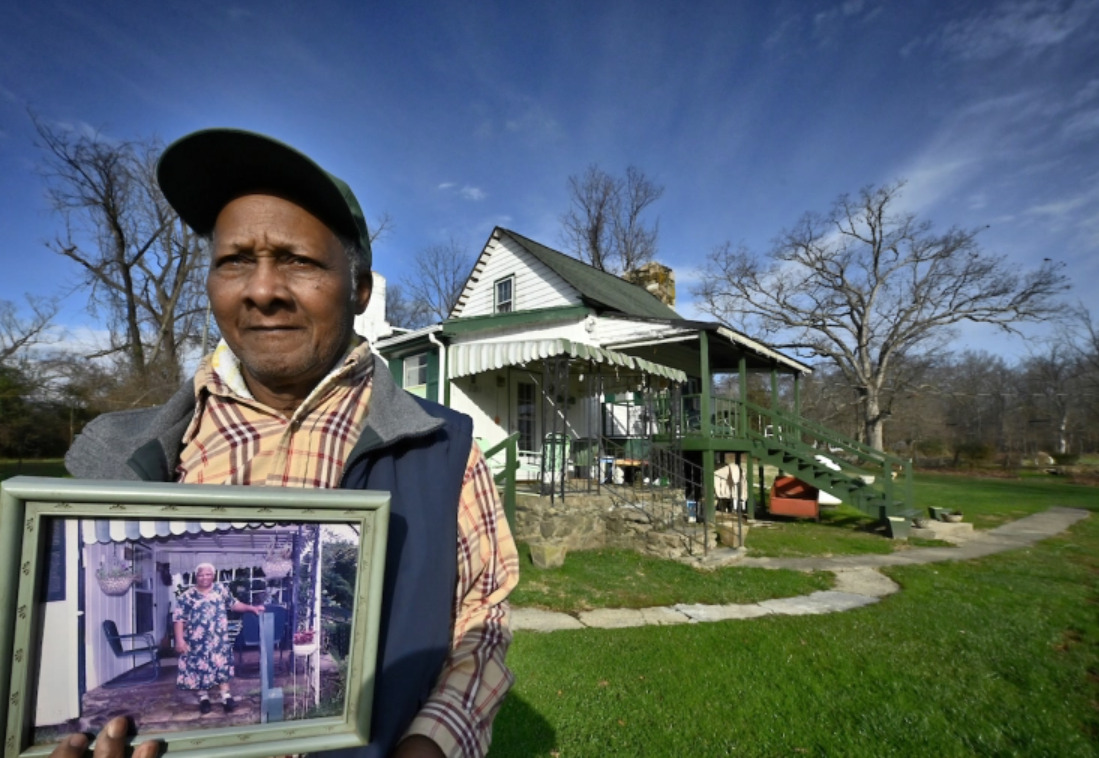 Carroll Tracy holds a photo of his mother, Hattie, in front of the home he grew up in along Greengarden Road in Loudoun County, Virginia (Photo by Douglas Graham)
Carroll Tracy holds a photo of his mother, Hattie, in front of the home he grew up in along Greengarden Road in Loudoun County, Virginia (Photo by Douglas Graham)
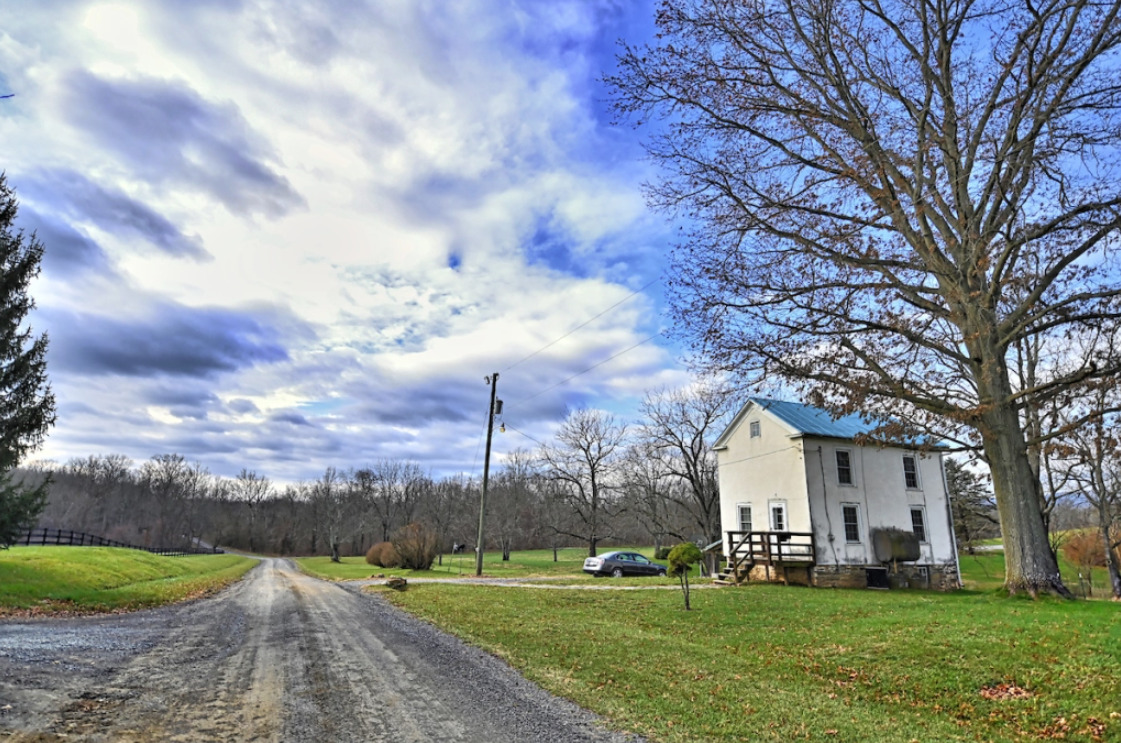 This old home on Willisville Road, across from the entrance of Old Welbourne Farm, is Carroll Tracy’s place of birth. Tracy’s mother, Hattie, had gone into labor during her 3-mile walk home from her job as a maid at Gaither’s Farm (Photo by Douglas Graham)
This old home on Willisville Road, across from the entrance of Old Welbourne Farm, is Carroll Tracy’s place of birth. Tracy’s mother, Hattie, had gone into labor during her 3-mile walk home from her job as a maid at Gaither’s Farm (Photo by Douglas Graham)
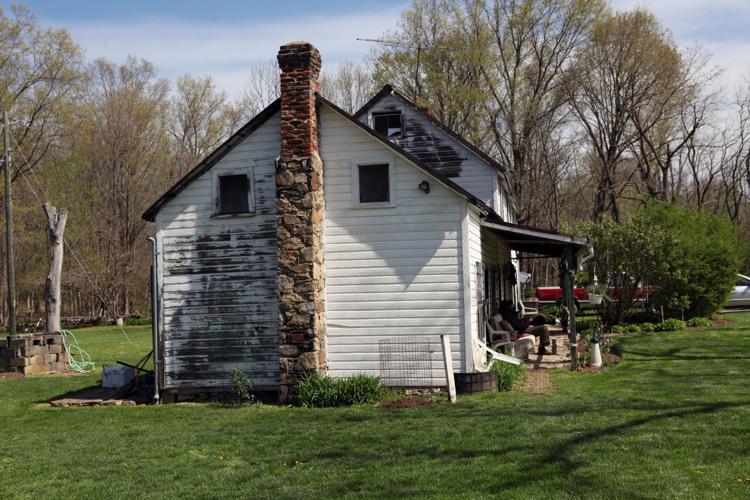 Since acquiring land in the late 1800s, Howardsville’s black residents have added some additions to their modest homes (Times-Mirror/Nathaniel Cline)
Since acquiring land in the late 1800s, Howardsville’s black residents have added some additions to their modest homes (Times-Mirror/Nathaniel Cline)

